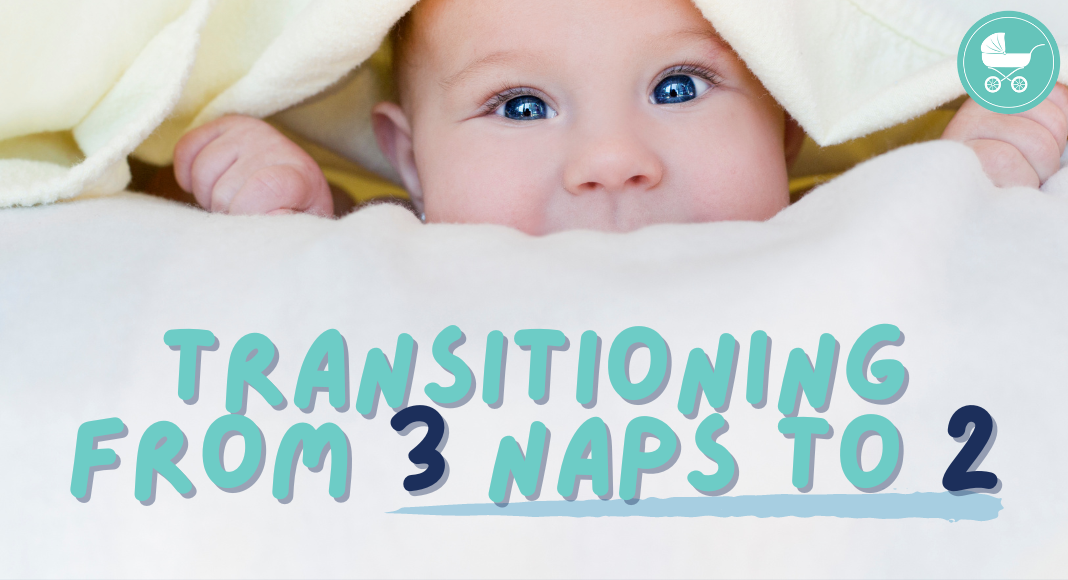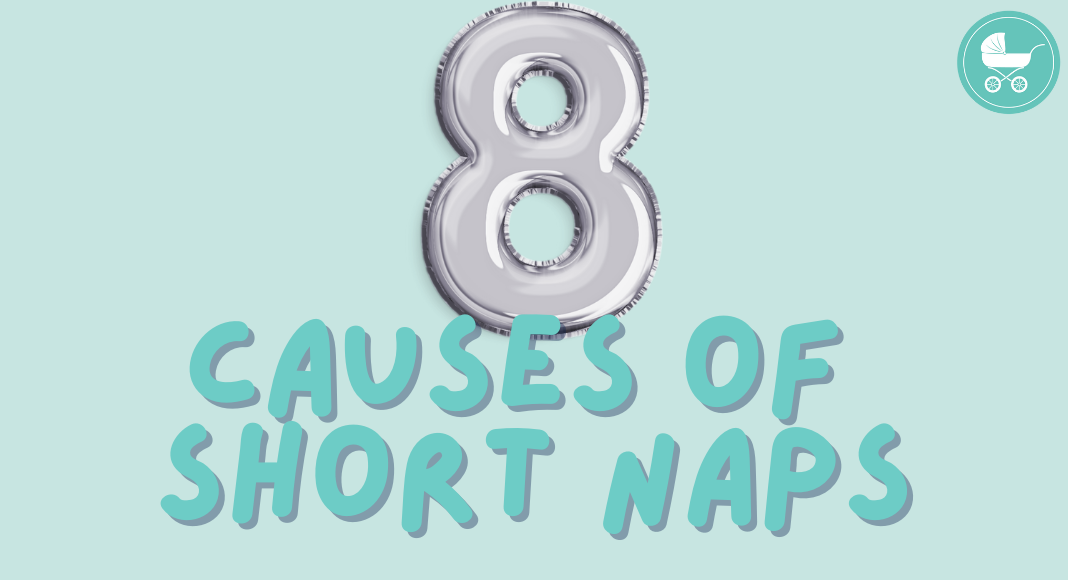
September 10, 2022
Nap transitions are not fun…no matter how you look at it. And truth be told, the routine is all out of whack for a few solid weeks. This is the time you need to create a plan, have lots of patience, and be consistent. Between 6 months to 10 months, you may start to suddenly […]
Transitioning Your Child from Three Naps to Two
Nap transitions are not fun…no matter how you look at it. And truth be told, the routine is all out of whack for a few solid weeks. This is the time you need to create a plan, have lots of patience, and be consistent. Between 6 months to 10 months, you may start to suddenly see your baby, who once was a solid sleeper, begin crying during his or her naps or simply take shorter naps altogether. Is this a sign that your child is ready to drop their third nap and stick to a two nap schedule?
Signs your baby is ready to drop their third nap:
- Your baby is 6-10 months old (most typically drop the third nap around 9 months old)
- Naps have gotten shorter, or your baby cries and takes longer to fall asleep
- Your baby has consistently refused to take his or her third nap
- Your once solid nighttime sleeper is now waking up throughout the night or taking a long time to fall asleep at bedtime
- Having three naps a day is causing an earlier wake time in the morning, and baby isn’t falling back asleep
If this is the case, keep a lookout as to how often this is occurring. Before we drop a nap, you must see that this is happening consistently for a minimum of 2 to 3 weeks solid before dropping that nap. We don’t want a regression to be occurring and take away the nap because you thought it was a transition. Keep a log to spot how consistent this is occurring before taking away the third nap all together.
How to drop the third nap:
- Once you decide your child is ready to drop the third nap, remove it and make bedtime earlier. So, let’s say you had a 7pm bedtime. More than likely, that long stretch from the waking of the second nap to bedtime is just a bit too long. Move up bedtime between 30 minutes and 1 hour to make sure your child isn’t overtired!
- If your child has just fought the third nap but still takes a short nap, you can wean your child from it slowly, waking them from the nap. Limit their third nap to 20 minutes for one week. Then, cut it down to 15 minutes the next week. Some babies might need a 10-minute cat nap as well. I find it’s easiest to have this third cat nap in the stroller, car or baby carrier if you still need to offer the nap.
- You might need to readjust your child’s first and second nap. Do so by slowly pushing back their nap times by 15 minutes. Typically, we see a 1.5/2 hour stretch from wake up to morning nap and a 2.5/3 hour stretch from waking of the first nap to the set time for nap #2. This might feel like a long stretch in the beginning, but over time, your child will adjust consistently to the wake periods.
- As your baby lengthens naps 1 & 2, the third nap may push bedtime too late. If that’s the case, skip the third nap and move bedtime earlier.
What do you do if your child’s first or second nap starts getting shorter?
These two naps need to be, at a minimum, 1 hour in length each. We love to see the second nap be even longer so your child receives a solid restorative nap in their day. If this isn’t occurring, check out this blog post to help extend their nap.
How do you know if it’s working?
We always measure success by the week — not by the day. So, in order to see results, you must stick to a consistent schedule and technique for a solid week or two before calling it quits!
Pro Tip: We tell our clients that purchase a sleep package to put a note on their fridge every Sunday. Quickly jot down how many naps your baby is taking and for how long. Each Sunday, have a look at last week’s notes. This helps you see real patterns.
In my opinion, nap transitions are a GOOD thing because they consolidate your baby’s naps. And consolidated naps mean LONGER naps. I mean…who really doesn’t love a long nap?!
Get instant access to our free sleep class for children from newborn to 5 years old. You will learn how to get your child to sleep independently -- and all through the night!
Get Your Child To Sleep All Night Long in as Little as 7 Days!
join the free class
THE CLASS


